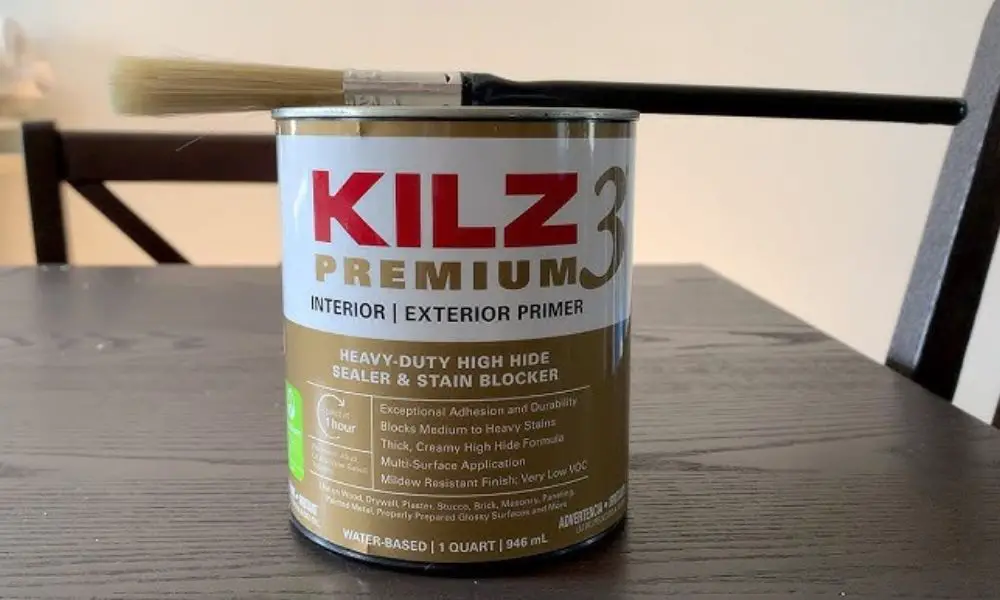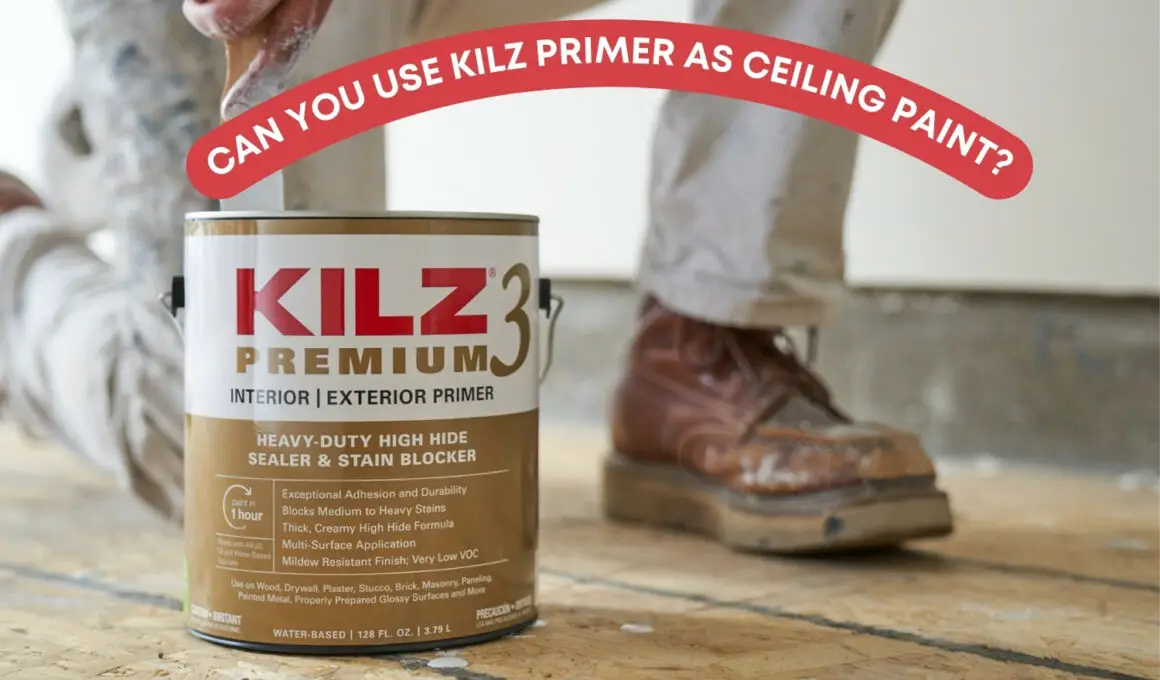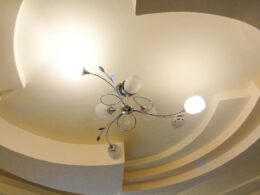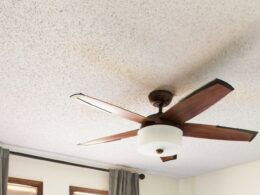Table of Contents Show
As an experienced homeowner and contractor, I’ve tackled numerous house projects, always aiming for excellence and client satisfaction. When it comes to painting, particularly ceiling painting, the choice of materials significantly impacts the outcome. In this light, a question often arises: “Can you use Kilz primer as ceiling paint?”
Kilz primer, renowned for its remarkable ability to cover and seal surfaces, has been a go-to product for many of my projects. Its versatility and ease of use make it a popular choice among homeowners and professionals alike.
Ceiling painting is a task that demands not just skill but also the right materials. The ceiling, often ignored, plays a crucial role in the overall ambiance and aesthetic of a room. Therefore, the decision to use a product like Kilz primer on ceilings should be informed by both its properties and its performance in such a specific application.
In this article, we’ll explore the feasibility of using Kilz primer as ceiling paint, considering factors like coverage, durability, and finish. I’ll share insights from my professional experience, along with tips for achieving the best results.
Can You Use Kilz Primer As Ceiling Paint?
Yes, you can use Kilz primer as a ceiling paint. Kilz primer is specifically designed to provide excellent coverage and adhesion, making it suitable for ceiling applications. When applied correctly, it offers a uniform finish, effectively conceals stains, and prepares the surface for a topcoat if desired.
Pros and Cons of Using Kilz Primer on Ceilings
Pros of Using Kilz Primer on Ceilings
- Excellent Stain Blocking: Kilz primer is highly effective at covering and sealing stains, including water spots, smoke damage, and grease marks, ensuring a clean and uniform appearance.
- Strong Adhesion: It provides a solid base for paint, promoting better adhesion and reducing the likelihood of peeling or chipping over time.
- Odor Blocking: Kilz primer is known for its ability to trap and neutralize odors, making it ideal for ceilings that have been exposed to smoke or cooking fumes.
- Versatility: Suitable for various ceiling materials, including drywall, plaster, and even textured surfaces.
- Time-Saving: It often requires fewer coats compared to regular paint, reducing overall project time.
- Mold and Mildew Resistance: Certain Kilz primers offer mold and mildew-resistant properties, adding an extra layer of protection in damp or humid environments.

Cons Of Using Kilz Primer on Ceilings
- Not a Standalone Solution: While Kilz primer can be used as ceiling paint, it is primarily a base coat, meaning a topcoat of paint may still be necessary for the best finish and durability.
- Limited Finish Options: Kilz primer typically has a flat or matte finish, which might not suit all design preferences, especially where a glossier finish is desired.
- Ventilation Needs: Some Kilz primers have strong fumes, requiring good ventilation during application, which can be a challenge in enclosed spaces.
- Drying Time: Depending on the type of Kilz primer used, the drying time can be longer than regular paints, potentially extending the duration of the painting project.
- Cost Consideration: Primers, including Kilz, can be more expensive per gallon than standard ceiling paints, impacting the overall cost of the project.
- Application Technique: Applying primer evenly on ceilings can be more challenging and may require a more skilled technique compared to regular paint.
Step-by-Step Guide for Applying Kilz Primer on Ceilings
- Stir the Primer: Before use, thoroughly stir the Kilz primer to ensure it’s well-mixed.
- Cut in the Edges: Using a paintbrush, start by cutting in at the corners and along the edges of the ceiling.
- Roller Application: Pour primer into a paint tray. Use a roller to apply the primer to the ceiling. Start from one corner and move in sections.
- Even Coats: Apply the primer in even, overlapping strokes. Be sure to spread it uniformly to avoid drips or uneven coverage.
- Let it Dry: Follow the manufacturer’s recommended drying time. Kilz primer typically dries to the touch in 30 minutes but may require longer to be ready for a top coat.
Following these steps will ensure that you apply Kilz primer effectively on your ceiling, providing a solid base for your topcoat and achieving a professional-looking finish.













